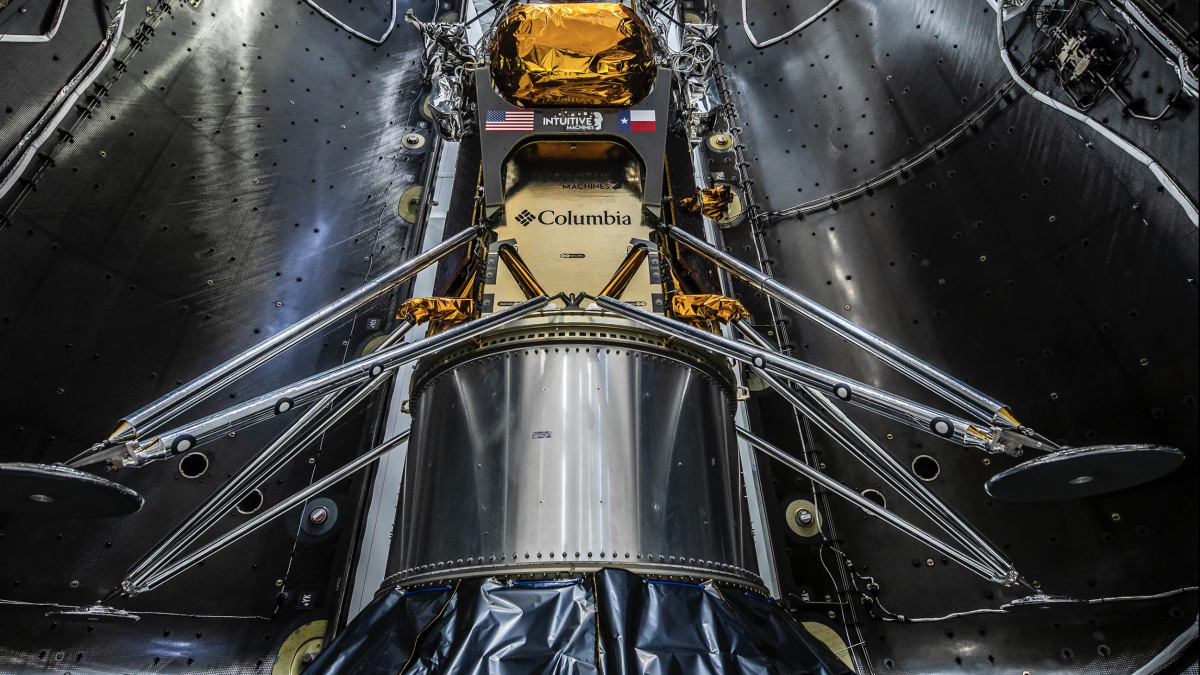Valentine's Day launch date set for ASU collaboration with IM-1 moon mission

IM-1 mission Nova-C class lunar lander. Image Credit: SpaceX
The IM-1 mission, the first U.S. vehicle planned to softly land on the moon since 1972, is one of three NASA task orders for scientific payload deliveries awarded to Intuitive Machines.
It is expected to launch no earlier than Feb. 14 on a SpaceX Falcon 9 rocket from Kennedy Space Center’s Pad 39A and will land about one week after the launch.
Arizona State University has played a critical role in scouting and site selection for the IM-1 mission landing at crater Malapert A near the south pole of the moon.
Images from the Lunar Reconnaissance Orbiter Camera, or LROC, provided vital information for landing and lighting conditions. LROC has been an active mission since it launched in June 2009 and is led by Principal Investigator Mark Robinson, a professor at ASU’s School of Earth and Space Exploration.
Launch coverage
NASA, SpaceX and Intuitive Machines will host a live launch stream available on NASA TV and the IM-1 landing page, NASA TV and spaceX.com. NASA’s coverage will also be available live via NASA’s smartphone apps.
Intuitive Machines will host a landing live stream on NASA TV and the IM-1 landing page.
Visit the Intuitive Machines page for updates on launch status.
More Science and technology

Lucy's lasting legacy: Donald Johanson reflects on the discovery of a lifetime
Fifty years ago, in the dusty hills of Hadar, Ethiopia, a young paleoanthropologist, Donald Johanson, discovered what would become one of the most famous fossil skeletons of our lifetime — the 3.2…

ASU and Deca Technologies selected to lead $100M SHIELD USA project to strengthen U.S. semiconductor packaging capabilities
The National Institute of Standards and Technology — part of the U.S. Department of Commerce — announced today that it plans to award as much as $100 million to Arizona State University and Deca…

From food crops to cancer clinics: Lessons in extermination resistance
Just as crop-devouring insects evolve to resist pesticides, cancer cells can increase their lethality by developing resistance to treatment. In fact, most deaths from cancer are caused by the…